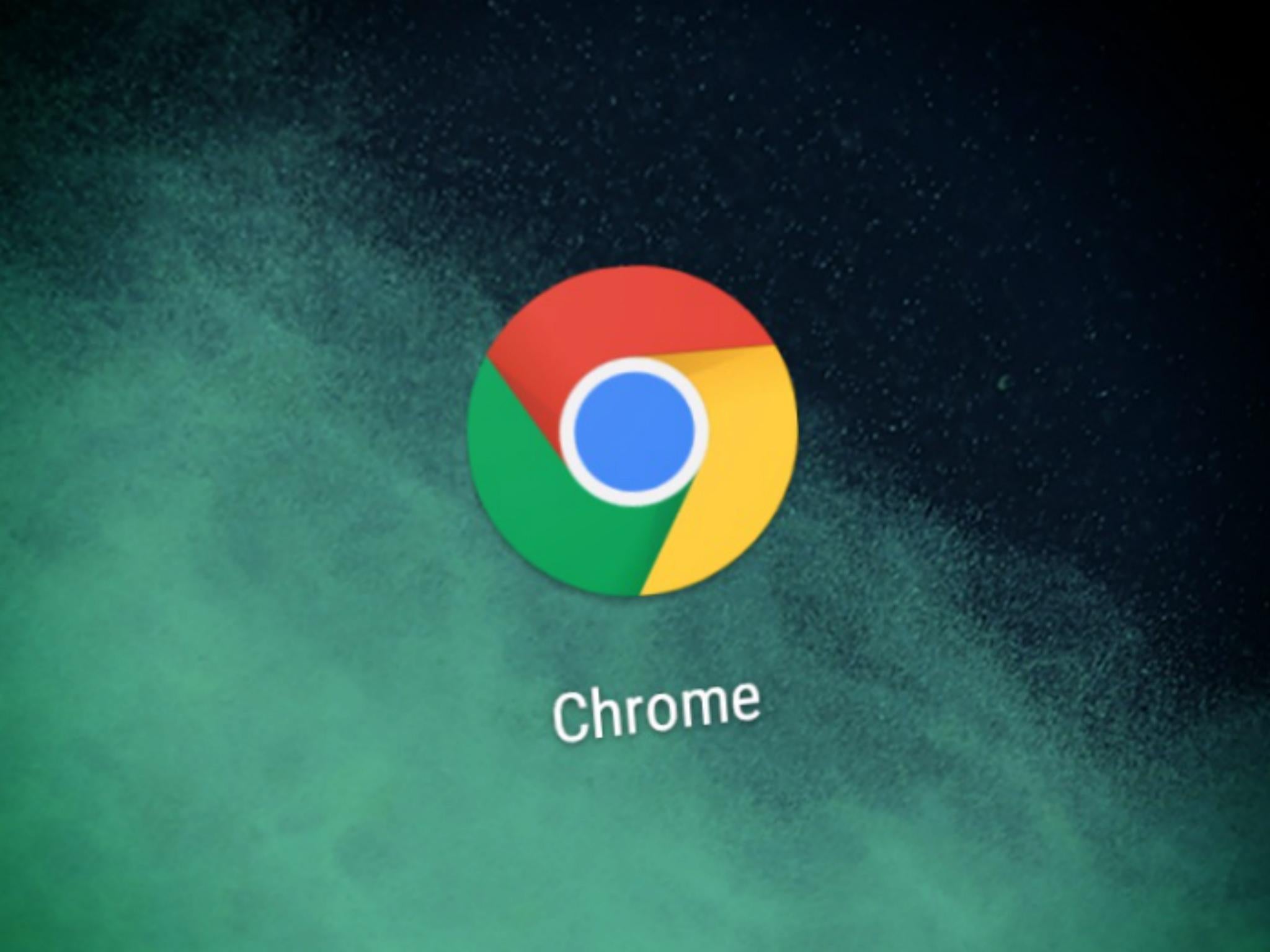Google Chrome to mute annoying autoplay videos without ruining Netflix and YouTube
The majority of web users will be pleased with the announcement

Your support helps us to tell the story
From reproductive rights to climate change to Big Tech, The Independent is on the ground when the story is developing. Whether it's investigating the financials of Elon Musk's pro-Trump PAC or producing our latest documentary, 'The A Word', which shines a light on the American women fighting for reproductive rights, we know how important it is to parse out the facts from the messaging.
At such a critical moment in US history, we need reporters on the ground. Your donation allows us to keep sending journalists to speak to both sides of the story.
The Independent is trusted by Americans across the entire political spectrum. And unlike many other quality news outlets, we choose not to lock Americans out of our reporting and analysis with paywalls. We believe quality journalism should be available to everyone, paid for by those who can afford it.
Your support makes all the difference.Chrome is about to tackle one of the most annoying things on the internet.
Google has just revealed that its web browser will mute audio on videos - including ads - that play automatically.
However, sound won’t be disabled on all autoplay videos.
That’s because users expect certain sites, such as YouTube, to automatically play video with sound without having to manually hit a Play button.
In a blog post, software engineer Mounir Lamouri explained that audio will be allowed on autoplay videos when “the user has indicated an interest in the media” and “when users want media to play”.
Google will use certain indicators to figure out if a user does or doesn’t want audio to play automatically. These are:
- Number of website visits
- Frequency of “significant” media playback per visit
In its notes, Google says: “A significant media playback is defined as a visible media playback longer than 7 seconds, with sound, without the tab being muted and with a size of at least 200px on each dimension (if a video).
“If a website... is visited at least a certain number of times with a frequency of significant media playback higher than some value, the website will be allowed to bypass all autoplay restrictions. This information will be specific to the user and synced across devices, allowing the behaviour to stay consistent when switching to another device.”
The company adds: “This policy is flexible enough that it should not break valid use cases: most websites where playback is expected will get a user interaction of some sort. Either, directly on the media content or on another part of the UI.”
Chrome’s new audio-blocking policy, therefore, shouldn’t ruin the Netflix viewing experience, as it’s likely that users would have a high media engagement score for the site, and they’d also have to click a video to start it.
However, users would have to manually enable audio if they followed a direct link to a Netflix video. The same applies to YouTube.
The policy could affect the Amazon Prime Video viewing experience though, as “it is possible that the Media Engagement score will be polluted by the shopping part of the website as the users would likely visit Amazon very often without any sort of media interaction”.
Autoplay videos on news sites will be penalised if a user follows a link that isn’t from the news website itself, but will be allowed to play with audio for users following a link inside the website, as “it is possible that the Media Engagement score will be polluted by the shopping part of the website as the users would likely visit Amazon very often without any sort of media interaction”.
The policy will also break some games websites that autoplay background music while the page is loading.
“[Autoplay] has been a major source of annoyance for users, pushing a minority to install extensions to disable autoplay,” says Google.
“It is also regularly mentioned as one of the issues with the user experience on the Web. Changing the autoplay behaviour on desktop has always been seen as hostile for the ecosystem because usage of autoplay is rarely black or white and usually have various shades of grey. Something that a user would call an annoyance might be a great feature for another.”
Autoplay blocking is set to come to Chrome in January 2018.
From next month, the browser will let users mute autoplay video ads on specific websites.
Join our commenting forum
Join thought-provoking conversations, follow other Independent readers and see their replies
Comments